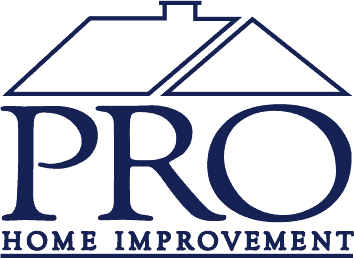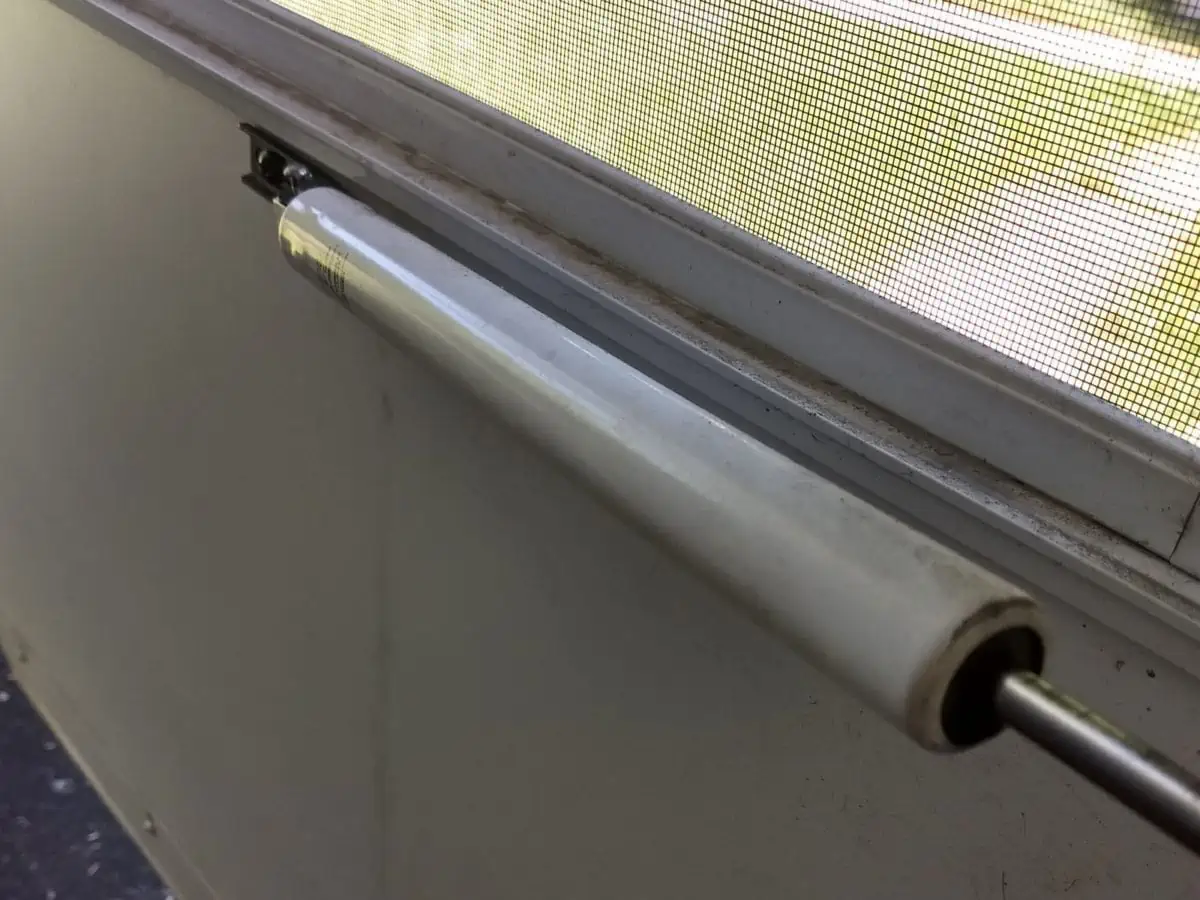Your storm door is a great asset to your house. It protects your main door, acts as a window, allows you to keep your door open without letting in the elements and even lets trick-or-treaters know you are ready to hand out candy. They can be tricky to use, however. Most storm doors come with a pneumatic closer that cushions the door from closing too hard.
Does your storm door close too quickly and slam? It’s pretty simple to adjust if you know what to do.
Options for Adjusting the Storm Door Closer
There are two options for adjusting how your storm door closes.
You can adjust the bracket that attaches to the closer to modify the distance the closer travels. This is important if the door is not closing completely. You can also speed up or slow down the rate at which the door closes by turning the screw on the end of the cylinder. This regulates how fast air is released from the cylinder.
If the door slams shut or closes too slowly, the main method is to adjust the pneumatic cylinder.
To slow the closing, turn the screw at the end of the cylinder clockwise (or screw it in).
To speed up the closing, turn the screw counter-clockwise (or unscrew it).
If these options do not affect the speed of the door, the pneumatic cylinder may be compromised and will need to be replaced.
If Storm Door Doesn’t Close Completely
If the door does not close all the way, you can remove the pin the secures the closer to the bracket and select a different hole. You may need to test different adjustments. Most door closers are equipped to be easily adjustable.
Your Door vs the Weather
You may notice that through the winter and summer cycles, your doors will expand and contract, along with the frames and the hinges. This may lead to loosening of screws and changes in how everything fits together.
This is why your door may need continual adjustment through the year, especially if your door has a southern exposure where it takes a lot of sun in the afternoon. This will expose it to a wide temperature range throughout the day.
With this in mind, keep an eye on your doors and make mental notes on how your doors are performing, opening & closing and sealing tight.
If you have more questions or issues regarding a problem, visit our Ask A Contractor page and one of our expert contractors will provide you with answers.

